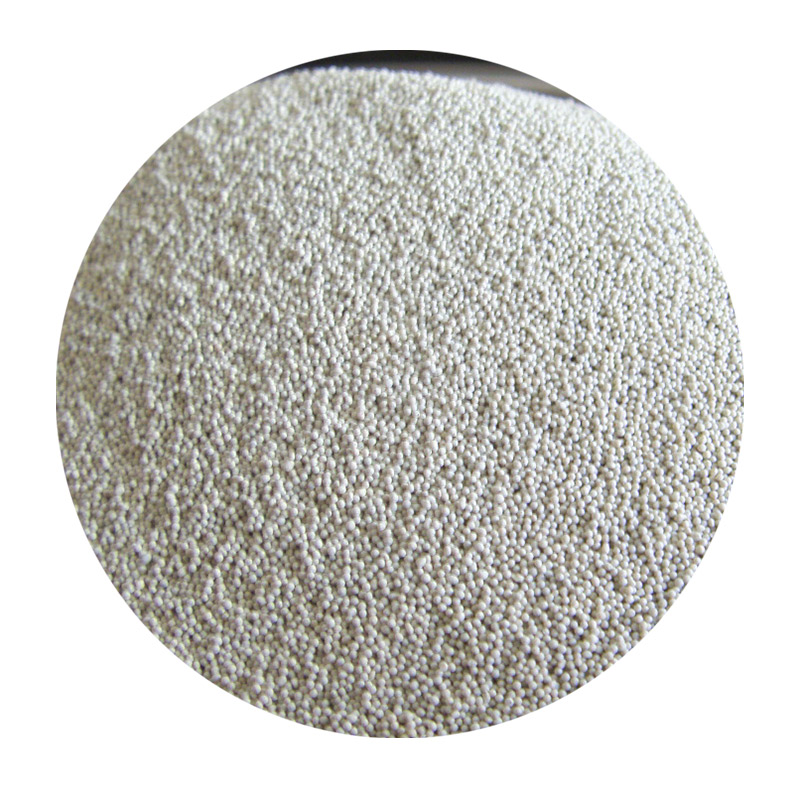

From an authoritative perspective, sand casting commands respect partly due to its adaptability and the significant role it plays in modern manufacturing. Authoritative texts and industry studies have consistently underscored its cost-effectiveness for small-batch productions, as well as its ability to employ recyclable materials—qualities highly regarded in the eco-conscious operations of today. Research institutions continue to refine sand casting methods, focusing on enhancing mold strength and casting precision. Trustworthiness in sand casting resides in its proven reliability and the quality control measures that practitioners implement to ensure consistent results. Within the industry, reputable foundries conduct rigorous inspections and employ non-destructive testing methods to verify the integrity and performance of cast components. Stakeholders, from clients to regulators, depend on these standards to confirm that products meet specified criteria and safety requirements. In conclusion, sand casting embodies a harmonious blend of traditional craftsmanship and modern innovation. Experienced practitioners wielding hands-on knowledge and leveraging contemporary tools ensure that this method remains relevant and trustworthy. Expertise in this domain requires not only technical skills but also an understanding of ever-improving processes and materials. The authority it holds in the manufacturing sector attests to its flexibility, sustainability, and economic benefit. Equally, its trustworthiness is maintained through rigorous quality assurance frameworks, underscoring why sand casting continues to be a critical technique across industries globally. Post time:فروری . 15, 2025 13:51
Next:sand casting services
